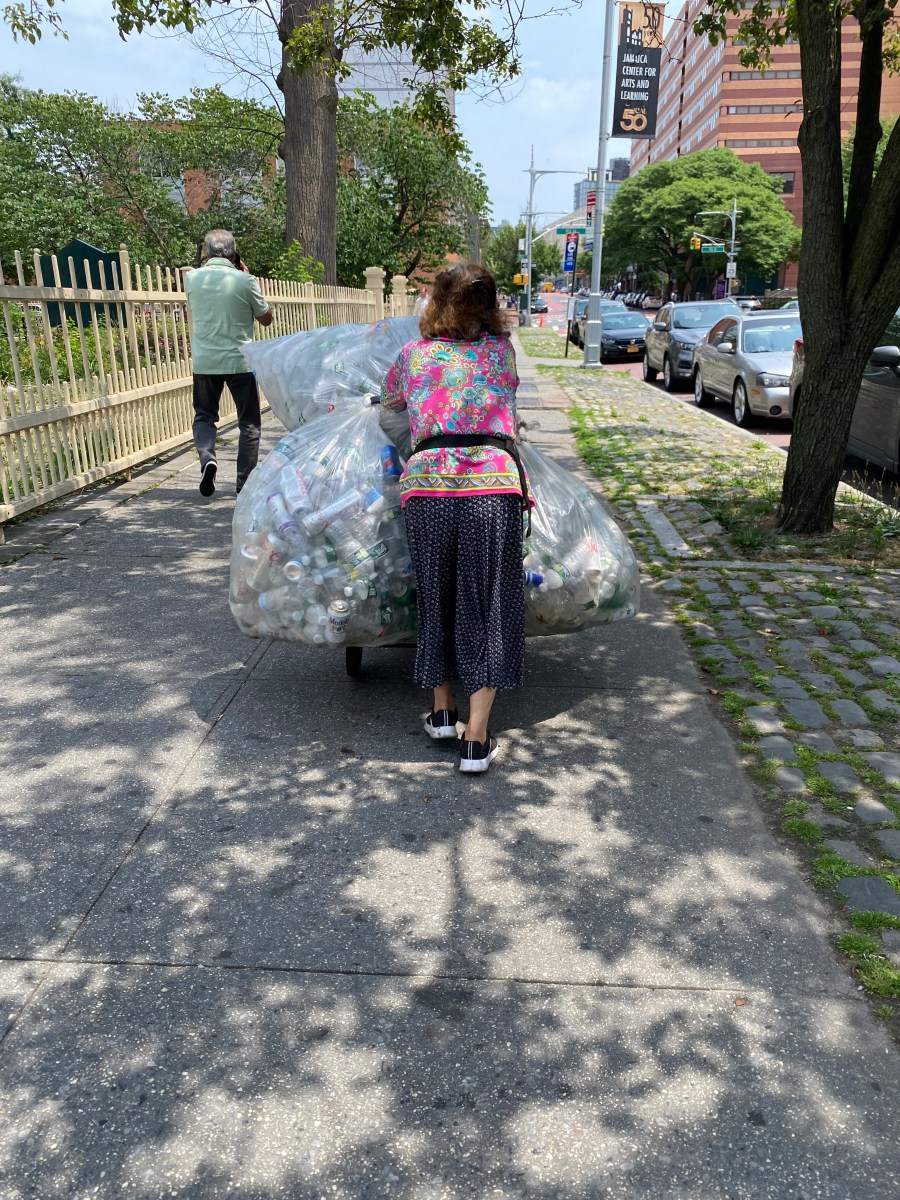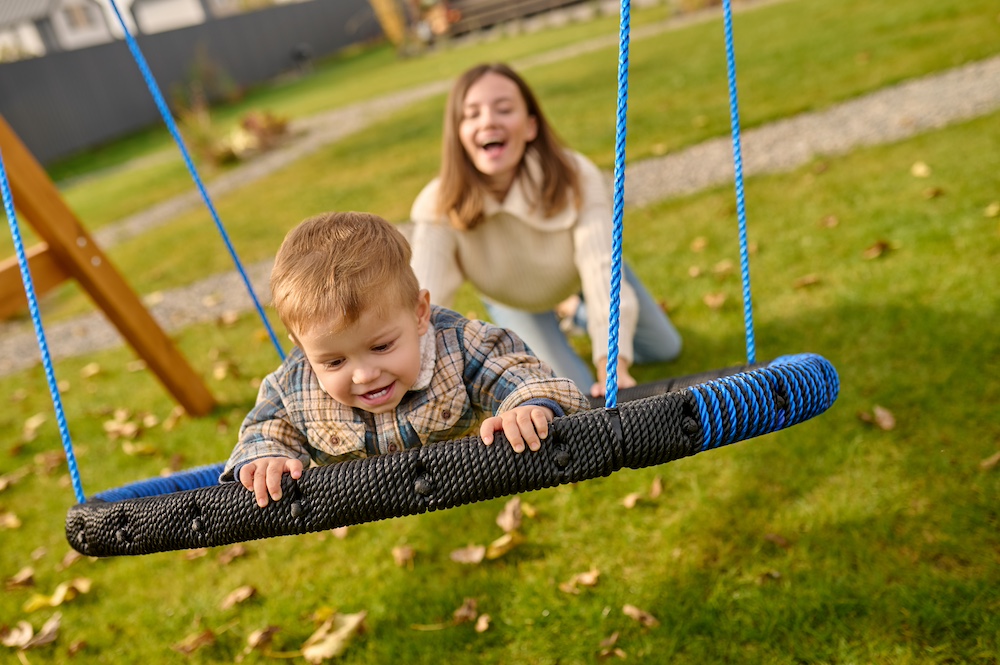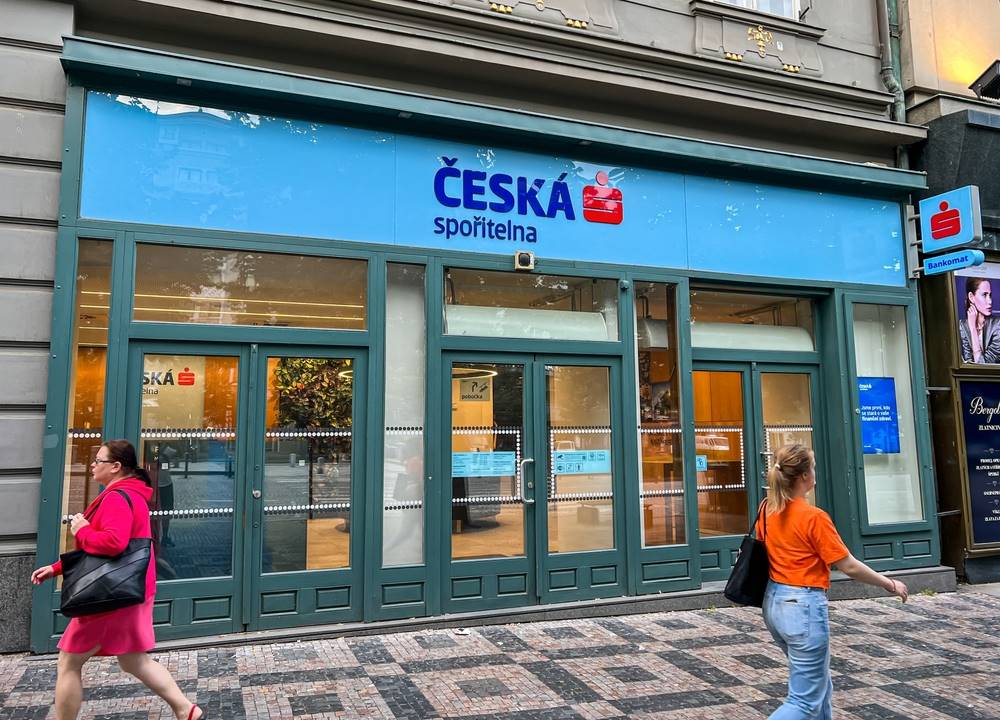What do New Yorkers recycle and do they do it correctly? A team of researchers and volunteers are reaching into the trash to investigate the recycling habits of state residents.
Stony Brook University’s Waste Data and Analysis Center is conducting a $4 million, five-year study to improve New York State’s stagnating recycling rate.
The state recycling rate has stagnated at about 20% since 2008, below the national average of 32%, according to data from the environmental nonprofit GrowNYC.
That organization specified that landfills, which are a source of greenhouse gases, are the main method of eliminating food waste, paper and plastics.
David Tonjes, project director and principal investigator of the Stony Brook University Waste Data and Analysis Centersaid the goal of the study is to support materials management in New York State to learn how else it could be disposed of by understanding what is in the trash.
In this way, better recycling processes can be promoted and recommendations developed on how to optimize it to achieve a more environmentally sustainable New York, added the project leader.
Michael Engelmann, director of Smithtown Waste, said they sometimes see items at recycling centers that aren’t necessarily for recycling.
For example, at Long Island recycling facilities, one-third of the glass, metal and plastics that were received are not recyclable and should not have been sent.
Tonjes commented that if better selection were carried out, recycling could be tripled.
The Department of Environmental Conservation reported that New York State has a long history of implementing “many of the nation’s strongest recycling initiatives, including the Solid Waste Management Act.”
The legal framework promotes efforts to promote and implement actions to reduce, reuse and recycle.
The experts and volunteers participating in the project carry out classifications of recycled products in 20 places during the year and in spring they have the agenda to classify the garbage
in the north of the state.
The research team visits recycling and waste management centers where they go through items, sort them, place them in baskets and weigh them.
They also collect data from the analyzed samples such as tons recycled per week, the type of recycled item, among other aspects.
What to recycle?
The Department of Environmental Conservation said that too much garbage is being generated: “over 4.5 pounds per person per day in New York State! We need to lose the habit of throwing garbage in the same container with cans, bottles, paper, garbage, banana peels, etc., all mixed together.”
Many of the items you throw away can be reused, recycled, or composted, including paper, glass, aluminum, metals, and potato and carrot peelings.
New York has approximately 30 landfills that accept approximately 6 million tons per year of waste from across the state.
If you have questions about how to recyclethe New York City Department of Sanitation, offers this guide:
You can recycle metal, glass jars and bottles, rigid plastics, and cardboard boxes together in a labeled container with a secure lid or in a clear plastic bag.
Bundle the cardboard and place it next to containers or bags.
You can recycle all types of metal such as paper and aluminum trays, metal lids and lids, empty paint and spray cans, wire hangers, pots and pans, and metal hardware.
Furniture and small appliances, mostly metal, can be placed on your recycling day, but remove cables, wires and cords and throw them in the trash.
You can recycle glass bottles and jars. DO NOT recycle glasses, glasses, glass furniture, mirrors or light bulbs.
You can recycle most rigid plastics, this includes food and drink containers, lids, cups and bowls, toys (without batteries), consumer packaging and acetate boxes.
You can recycle milk cartons, soup and juice boxes. These are coated with a plastic film to make them leak-proof, and the plastic layer can be removed and recycled.
You can recycle newspapers and magazines, white and colored paper, envelopes, wrapping paper, paperbacks, hardcover books (without covers), and notebooks.
Most items that cannot be recycled can be thrown into the trash such as cables, wires, extension cords, string lights, garden hoses, blinds, bowling balls and any sports balls, cassette and VHS tapes.
Also lithium-ion and other non-alkaline batteries, medical waste, sharps, and containers containing discarded sharps.
2024-02-25 12:12:00
#Yorkers #recycle #correctly #Journal


